Battery life used to be a matter of convenience. Today, it defines reliability. When you depend on a smartwatch to navigate terrain, monitor your vitals, or keep time during long hours away from infrastructure, every extra day of battery life becomes a layer of security.
A true long battery smartwatch is not about size or brand prestige; it’s about how intelligently the watch conserves power, how transparently it behaves in real-world use, and how much you can trust it when everything else loses signal or charge.
Why Battery Life Matters More Than You Think
Battery life isn’t a specification, it’s an operational boundary.
When you move through long routes, remote worksites, or multi-day expeditions, charging isn’t guaranteed. A short-lived watch forces you into dependency: always near sockets, always planning around its limits. A long-lasting watch, by contrast, gives you freedom of rhythm. You focus on the mission, not the device.
Battery endurance also influences accuracy. Sensors that stop mid-day break data continuity. GPS logs become fragmented; sleep or recovery insights lose reliability.
So, endurance is not only about how long the watch runs. it’s about how consistently it performs under variable conditions: heat, cold, elevation, or high-frequency tracking.
A good way to judge value is to think in terms of autonomy hours per function. how long each essential feature like GPS, heart rate, or oxygen tracking can run before depletion. That’s the real measure of whether the watch is built for adventure or desk life.
What Determines a Smartwatch’s Battery Life

Battery longevity is not luck. It’s the sum of deliberate engineering decisions — every component either saves or wastes energy.
Display:
Displays consume the majority of energy. Reflective or MIP screens stay visible in sunlight without using backlight, while high-resolution AMOLEDs burn through power simply to remain bright. If your watch will live outdoors, the most beautiful screen is often the least practical one.
Processor Efficiency:
The chipset defines how smartly energy is used. Modern dual-core systems separate low-demand sensors from heavy operations like GPS or Bluetooth syncing. That separation is what allows the watch to idle without dying.
Firmware and System Logic:
Software defines the philosophy of power use. Some systems throttle sensors only when battery drops; others dynamically allocate energy throughout the day. The latter approach results in fewer surprises — the battery behaves predictably, not dramatically.
Battery Density and Cell Quality:
It’s easy to fit a big cell; it’s harder to make it durable. High-quality lithium-polymer cells maintain consistent output across cold and heat, which matters when you climb, dive, or camp. Always check if a watch’s stated runtime comes from lab conditions or field scenarios.
True endurance isn’t a single component; it’s the discipline of balance.
Best Smart Watches with Long Battery Life in 2025
When judging battery endurance, numbers alone never tell the full story.
A true long-life smartwatch balances intelligent power architecture, sensor discipline, and environmental resilience.
The KOSPET TANK series represents this philosophy in action. each model built with a specific endurance mindset, from compact reliability to off-grid autonomy.
| Model | Typical Battery Life | Display Type | Power Strategy | Ideal User Profile |
|---|---|---|---|---|
| TANK T3 | Up to 15 days active / over 50 days standby | 1.43″ AMOLED | Standard dual‑core with ruggedised housing | Everyday explorers, urban commuters who want rugged style |
| TANK M3 | Up to 12 days active / 45+ days standby | 1.96″ AMOLED | Large 480 mAh cell emphasised for longer use | Travel users, field technicians needing longer endurance |
| TANK M3 Ultra | Up to 15 days active / 50+ days standby | 1.96″ AMOLED | Similar large cell + rugged housing, dual‑band GPS | Outdoor professionals, tactical mission users |
| TANK T3 Ultra 2 | Up to 15 days active / over 50 days standby | 1.43″ AMOLED | 470 mAh cobalt‑battery + rugged build (15 MIL‑STD‑810H) | Off‑grid professionals, rescue personnel, endurance athletes |
Long Battery Life vs Performance Trade-Offs
It’s easy to think endurance comes at the expense of performance — that long battery life means stripped-down features. In reality, the difference lies not in what a smartwatch can do, but how intelligently it does it.
Efficient design is about orchestration, not restriction.
A well-engineered watch doesn’t shut sensors down to save power; it staggers them in rhythm.
Heart rate can be sampled every few minutes with algorithmic interpolation filling the gaps. GPS can record waypoints at intervals rather than streaming continuously. Notifications sync in scheduled bursts instead of draining the radio every second.
This isn’t compromise, it’s system discipline.
The principle is the same as in expedition equipment or military electronics: every subsystem must justify its power draw. A field radio that transmits continuously dies in hours; one that transmits in pulses lasts for days. Smartwatches are no different — the smartest ones think before they consume.
By contrast, consumer-focused devices often burn power invisibly through animations, background analytics, and unnecessary screen wake-ups. That energy never improves your survival, your awareness, or your performance — it just feeds aesthetics.
True design maturity lies in functional prioritization: letting the watch spend energy where it counts and stay silent where it doesn’t.
Smartwatch Battery Life by Activity
Battery endurance changes with how — and where — you use the watch. Understanding these variations helps you predict performance and plan power strategically.
Outdoor Adventures:
Constant GPS tracking and environmental sensors can increase power draw by 200–300%. Efficient watches mitigate this by adjusting their sampling logic — faster coordinate refresh when you’re moving, slower when stationary, and automatic altitude recalibration instead of continuous barometric monitoring.
Daily Use:
The biggest drain isn’t sensors, it’s interaction. Every wrist lift, vibration, or high-brightness notification wakes the processor. Reducing motion-based screen activation and limiting app alerts to essentials can extend runtime by a third without changing your habits.
Training and Fitness:
Continuous heart-rate and SpO₂ monitoring burn energy linearly over time. Setting a 5–10 minute interval for sensor polling preserves accurate trends while freeing several hours of battery each day. Even more efficient is activating continuous mode only during workouts, not 24/7.
Off-Grid Travel or Work:
In remote environments, energy recovery becomes part of strategy. Solar-assisted or kinetic systems don’t replace charging — they stabilize discharge rates. Combined with “Essential Mode,” these features let your watch stay functional (time, compass, safety alerts) for weeks beyond its nominal limit.
The real insight: battery management is situational, not absolute. Endurance is built by awareness not by hardware alone.
Maintenance Tips to Extend Smartwatch Battery Life
You can’t change the chemistry of your battery, but you can decide how long it stays healthy. Small behavioral adjustments yield exponential gains over time.
Charge in controlled cycles.
Keep levels between 20–80%. Full drains create stress on lithium cells, shortening their effective lifespan.
Regulate temperature exposure.
Below 0°C, internal resistance rises and voltage drops; above 40°C, electrolyte degradation accelerates. Keep your watch off dashboards, radiators, or bare skin in direct sun.
Install firmware updates regularly.
Battery algorithms improve quietly with each iteration — refined voltage curves, better idle control, or fixed background leaks. Skipping updates means missing efficiency gains you’ve already paid for.
Minimize invisible drains.
Continuous Bluetooth pairing, constant NFC scans, or heavy vibration alerts cost more power than most users realize. Disable or moderate what you don’t need.
Adapt brightness and timeout.
Modern reflective or trans-flective displays stay readable in daylight — full brightness is rarely necessary. Shortening screen timeout from 10 to 5 seconds alone can add a day of runtime per week.
Battery longevity isn’t luck. it’s practice. Treat your smartwatch like any critical instrument: keep it efficient, predictable, and ready. Over months and years, discipline becomes endurance.
Conclusion
A long-lasting smartwatch isn’t just a device with a bigger battery — it’s a design that respects your independence. When power lasts, planning becomes simpler, movement freer, and focus sharper.
You stop managing the watch and start using it as it was meant to be used — quietly, reliably, and without compromise. In the field or in daily life, true endurance isn’t measured in hours but in confidence — the confidence that your watch will always keep pace with you.
FAQs
Why do watches with similar battery sizes perform so differently?
Because battery endurance isn’t just about capacity. it’s about control. Firmware tuning, sensor intervals, and display logic determine how efficiently that energy is spent. A smaller battery with smart management often outlasts a larger one with poor discipline.
Is it better to turn off smart features to save power?
Not entirely. The goal is not silence, but strategy. Disable what doesn’t serve your current mission — social notifications in the mountains, or GPS when stationary. True efficiency means keeping the watch intelligent, not idle.
How can I tell if a brand’s battery claim is realistic?
Look for context, not numbers. Reliable manufacturers disclose use conditions — GPS hours, sensor frequency, ambient temperature. Any claim without that context is marketing, not engineering.


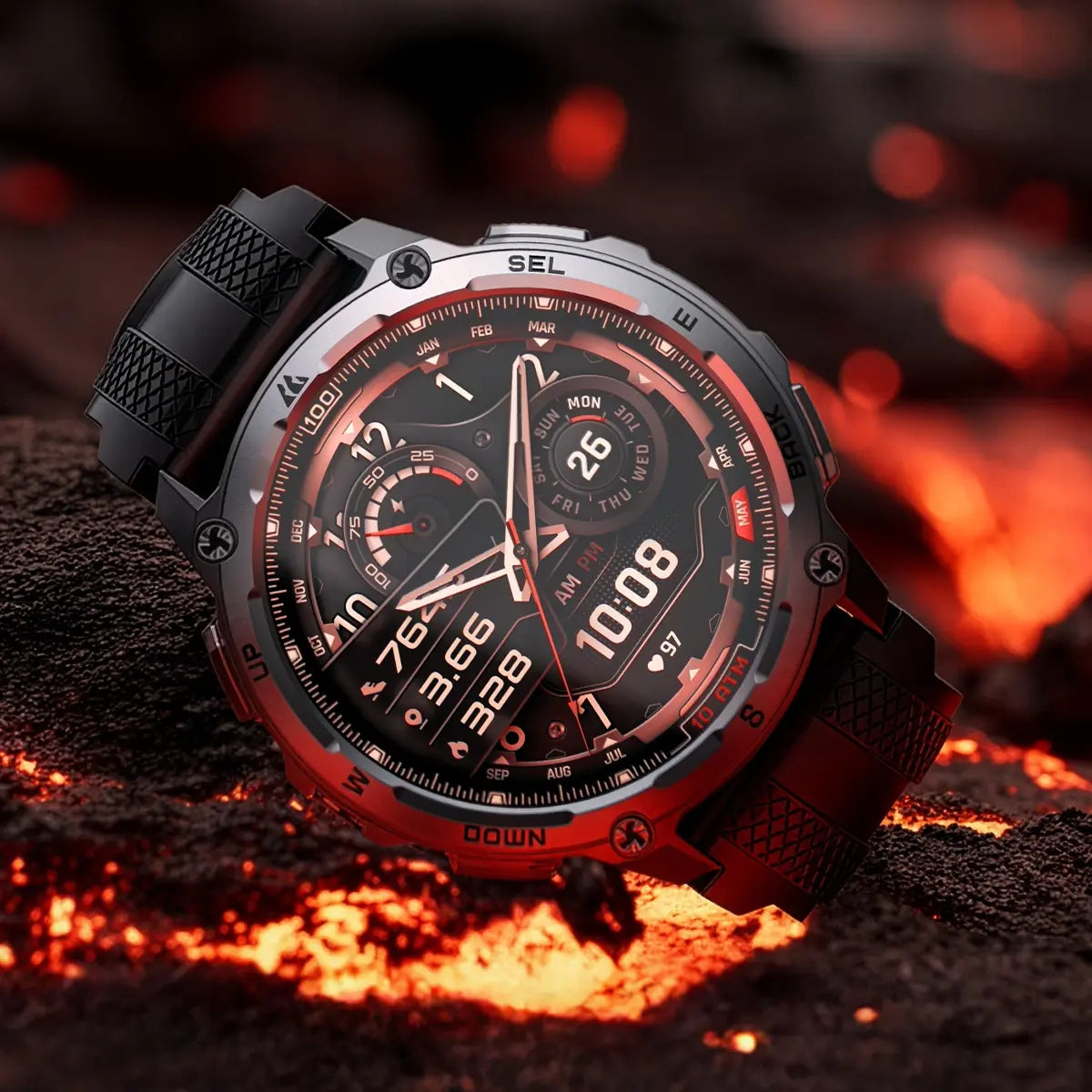
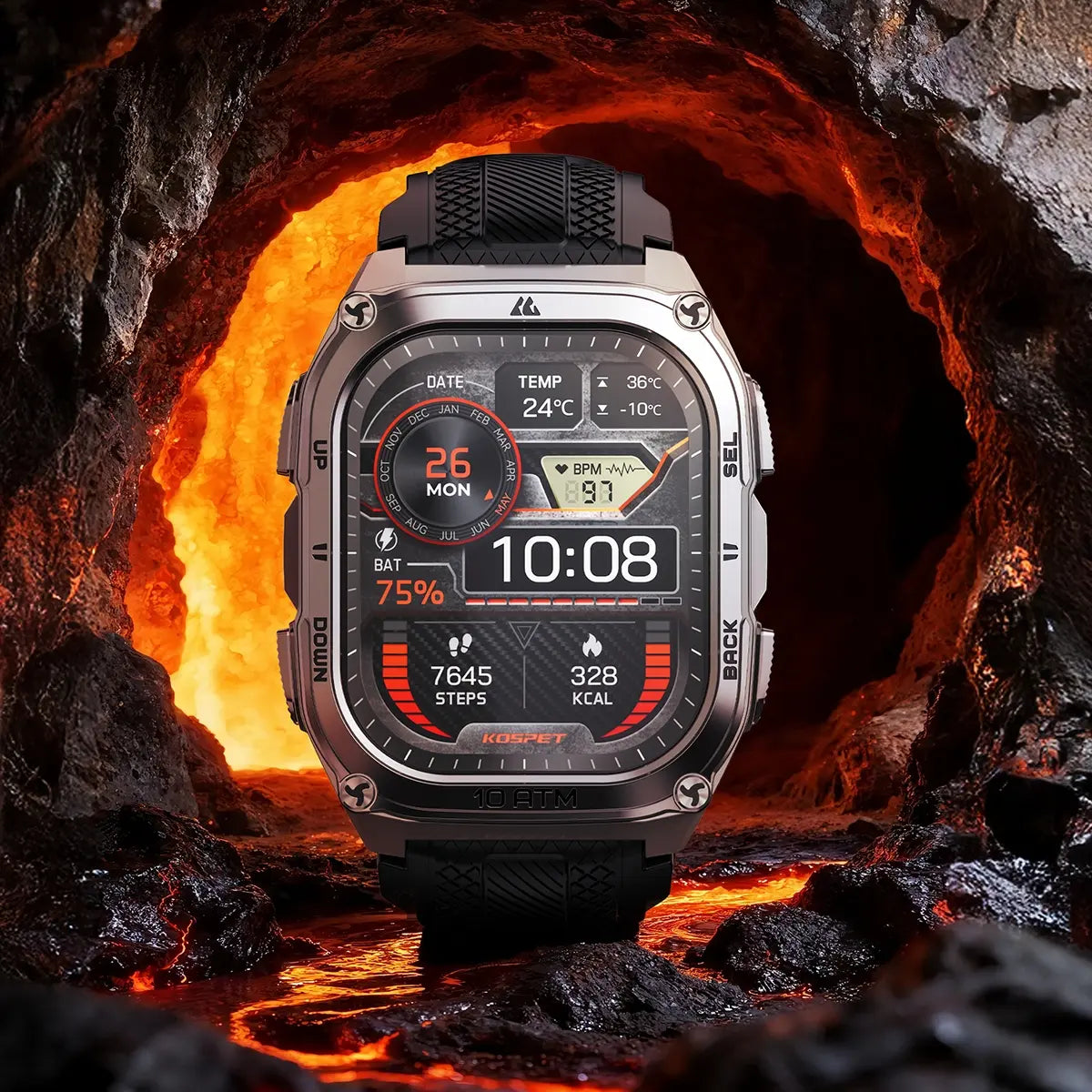




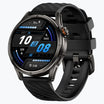
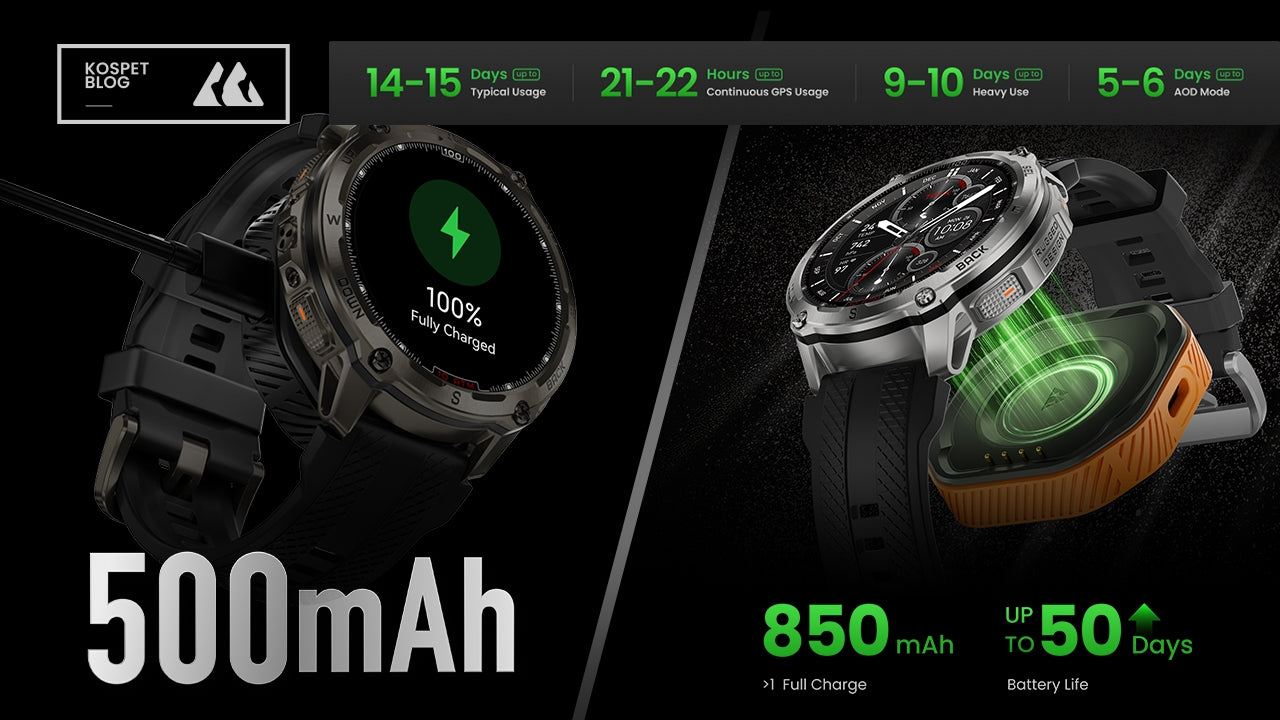

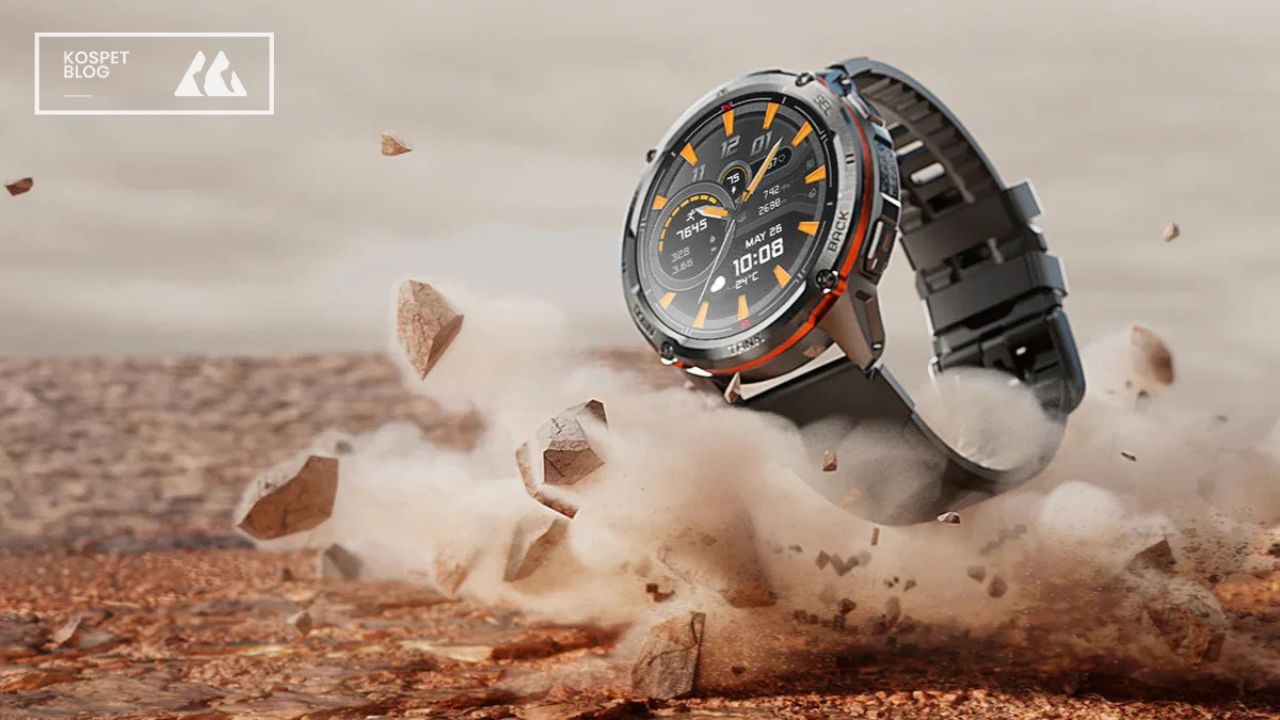




Leave a comment
This site is protected by hCaptcha and the hCaptcha Privacy Policy and Terms of Service apply.